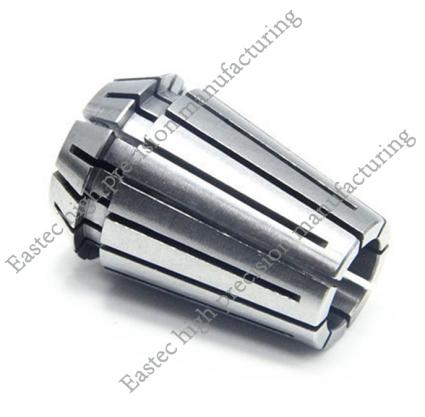With the rapid development of emerging industries such as AI, robotics, and the low-altitude economy creating new require of trillion level, the severe fluctuations in the international political and economic landscape present unprecedented challenges for the traditional manufacturing sector of fasteners, while also ushering in historic opportunities for transformation and upgrading.
The global market for fasteners is set to exhibit a dual trend of "high-end breakthroughs" and "fundamental support." On one hand, sectors like AI, robotics, and the low-altitude economy are driving demand for high-end fasteners. On the other hand, infrastructure development in emerging markets will require a stable base for general-purpose products.
However, significant challenges cannot be ignored, which includes fluctuating raw material prices, rising trade protectionism, and a shortage of talent skilled in both manufacturing and AI.
To address these challenges, Fastener companies can implement multi-faceted strategies :
Product Innovation
Companies should closely follow the upgrading trends in downstream industries and increase investment in the research and development of special-shaped, high-value-added, and smart fasteners. For instance, they can develop customized products to meet the unique demands of emerging fields such as new energy vehicles, the low-altitude economy, and bionic robots. Strengthening collaboration with universities and research institutions will also enhance their innovation capabilities.
Market Expansion
It is crucial to thoroughly analyze differences between domestic and international markets, precisely target specific markets and customer segments. Leveraging policy dividends, companies should actively participate in overseas projects and trade agreements to expand their market share. For international markets, it is also essential to strengthen localized services and brand building to improve customer satisfaction and loyalty.
Operational Management
Companies should optimize their supply chain management by leveraging industrial clusters to reduce costs and improve efficiency, and establish a diversified supply chain system. Those can mitigate raw material supply risks. Furthermore, strengthening risk management by proactively developing contingency plans for trade barriers, exchange rate fluctuations, and other risks will ensure stable business development.
The future of the fastener industry belongs to those enterprises that can transform policy dividends into technological momentum and achieve localized implementation with a global vision.





 Customer service 1
Customer service 1  Customer service 2
Customer service 2